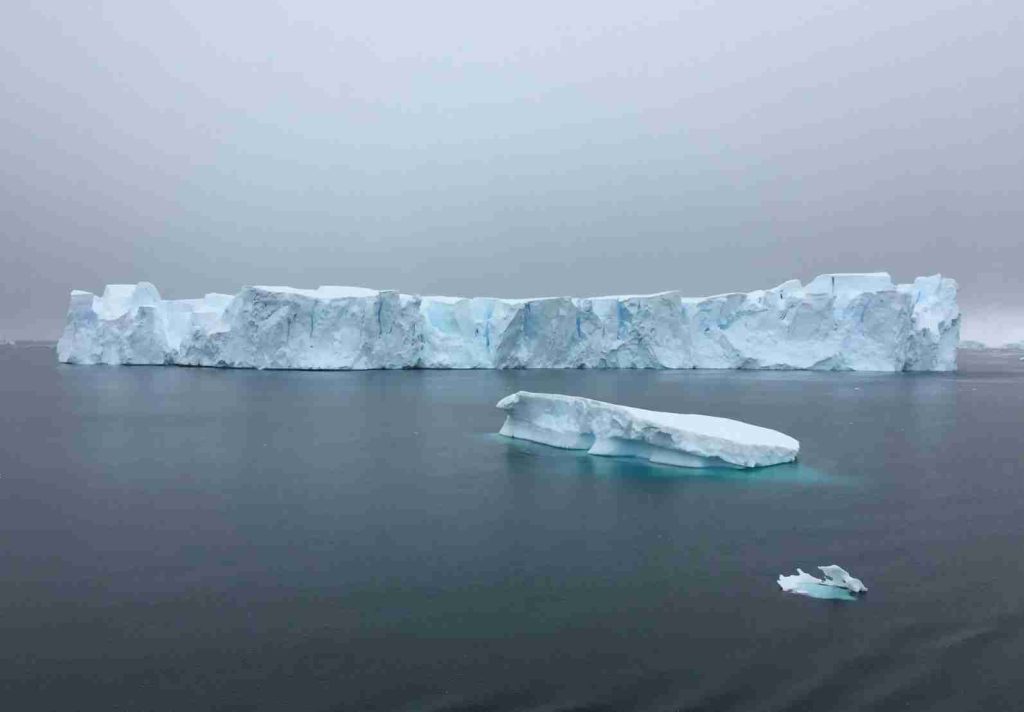In the not-so-distant future, brace yourselves for an extraordinary event—one where everyone on this blue marble we call home loses a precious second of their time. But here’s the kicker: humans are partly to blame for this temporal shake-up, as a recent study reveals how melting polar ice is throwing a wrench into Earth’s rotation, tinkering with time itself.
The Timekeeping Tango: Earth’s Unpredictable Spin
Picture this: our daily grind, from sipping morning coffee to catching up on Netflix, is all choreographed by the Earth’s rotation. But here’s the plot twist—it’s not a smooth pirouette. The Earth’s spin, influenced by factors like shifts in its molten core and changes on its surface, wobbles ever so slightly. And this cosmic jig occasionally necessitates tweaks to our clocks, cue the “leap second”.
A Leap Second Dilemma: Tipping the Scales of Time
Leap seconds, though sounding like a tiny blip, pack a punch, especially in the world of high-tech gadgets and gizmos. You see, our computer systems, meticulously tuned to keep up with the beat of time, are thrown off balance by these minuscule adjustments.
But here’s where things get interesting—after a long stint of slowing down, the Earth’s rotation is pulling a surprise stunt by speeding up. Cue the collective gasp! This means that for the first time ever, we’ll be in the business of subtracting a second, not adding it.
The Ice Meltdown: Delaying the Inevitable
Hold on to your hats, folks, because global warming is taking center stage in this cosmic drama. The melting polar ice, a poignant emblem of our changing climate, is flexing its muscles, delaying the inevitable leap second by a cool three years. Instead of 2026, we’re looking at 2029 for this temporal tango.
Duncan Agnew, the mastermind behind this time-twisting study, points out the crucial link between global warming and our timekeeping escapades. Understanding the intricate dance between climate change and time dynamics is key to navigating the choppy waters ahead.
Unraveling Time’s Tapestry: From Stars to Atomic Clocks
Back in the day, a second was just a fraction of the Earth’s stellar spin. But then came the era of atomic clocks, those precision timekeepers that put the old-school methods to shame. Enter Coordinated Universal Time (UTC), our modern timekeeping maestro that relies on the steady beat of atomic clocks to keep our global schedules in sync.
But here’s the kicker—despite the atomic precision, the Earth’s rotation is a fickle friend. It wavers, it wiggles, and it throws our well-oiled timekeeping machine off-kilter. So, we resort to adding leap seconds to keep the cosmic ballet in harmony.
Ice Melts and Core Shifts: A Cosmic Conundrum

Picture this: the Earth, like a top spinning on its axis, has an inner core that dances to its own beat. But here’s where it gets wild—this inner core, nestled beneath miles of solid rock, can dictate the planet’s spin. So, when the core decides to slow down, the outer shell speeds up to keep the cosmic rhythm intact.
Agnew, our time-traveling guru, sheds light on this celestial charade. Despite the mysteries lurking miles beneath our feet, one thing is clear: the Earth’s rotation is gearing up for a speed boost.
A Second Lost, a World Shifted
Now, you might think, “What’s the big deal with losing a second?” Well, dear reader, in the realm of high-stakes finance and lightning-fast transactions, a second is an eternity. Our stock exchanges, banking systems, and even internet transactions rely on split-second precision to keep the gears turning smoothly.
But here’s the kicker—while our computers are adept at adding seconds, subtracting them is a whole different ball game. Cue the frantic reprogramming sessions, the sweat-inducing race against time, and the inevitable margin for error.
Conclusion: Time’s Up, but the Show Goes On
As we stand on the cusp of this cosmic shake-up, it’s easy to get lost in the whirlwind of uncertainty. But amidst the chaos, there’s a silver lining—a newfound awareness of our planet’s delicate dance with time.
So, as we brace ourselves for that fleeting moment when time slips away, let’s remember the bigger picture. From the melting polar ice to the enigmatic shifts in Earth’s core, our world is in a constant state of flux. And while the loss of a second may seem inconsequential in the grand scheme of things, it serves as a poignant reminder of our planet’s ever-changing nature.
So, here’s to embracing the twists and turns of time, cherishing each fleeting moment, and dancing to the rhythm of the cosmos—leap seconds and all.
